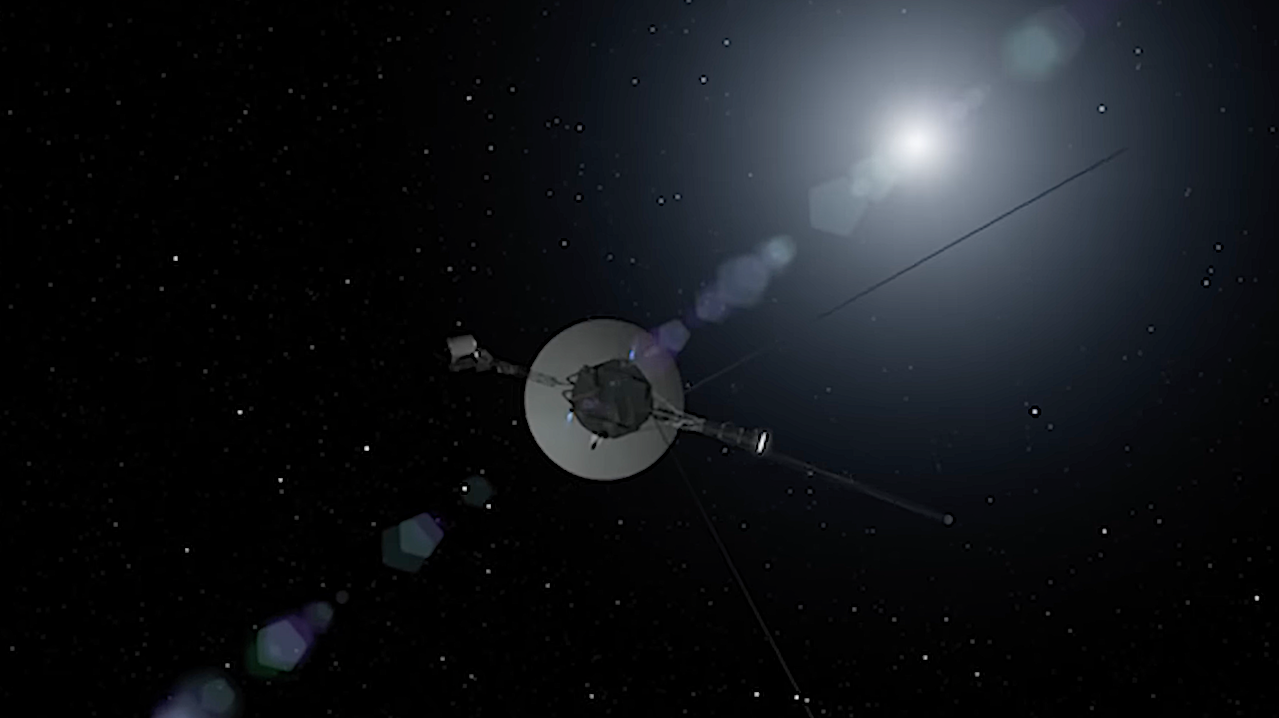
Voyager 2 Interstellar Probe Takes Off – NASA
The Voyager 2 mission has been working to delay the shutdown as long as possible. Four other instruments aboard the interstellar spacecraft continue to operate.
Mission engineers at NASA have turned off the plasma science instrument aboard the Voyager 2 spacecraft as the probe’s power supply gradually shrinks.
Traveling more than 12.8 billion miles (20.5 billion kilometers) from Earth, the spacecraft continues to use four science instruments to study the region outside our heliosphere, the protective bubble of particles and magnetic fields created by the Sun. The probe has enough power to continue exploring this region with at least one operational science instrument until the 2030s.
Mission engineers have taken steps to avoid turning off a science instrument for as long as possible because the science data collected by the twin Voyager probes is unique. No other man-made spacecraft has operated in interstellar space, the region outside the heliosphere.
The plasma science instrument measures the amount of plasma (electrically charged atoms) and the direction it flows. It has collected limited data in recent years because of its orientation relative to the direction that plasma flows in interstellar space.
Both spacecraft are powered by decaying plutonium and lose about 4 watts of power each year. After the twin Voyagers completed their exploration of the giant planets in the 1980s, the mission team deactivated several scientific instruments that would not be used in the study of interstellar space. This gave the ship a lot of extra power until a few years ago. Since then, the team has turned off all onboard systems not essential to the operation of the probes, including some heaters. To avoid having to shut down another science instrument, they also adjusted how Voyager 2’s voltage is monitored.
Monitoring Results
On September 26, engineers issued the command to shut down the plasma science instrument. Sent by NASA’s Deep Space Network, it took 19 hours to reach Voyager 2, and the return signal took another 19 hours to reach Earth.
Mission engineers are always carefully monitoring changes being made to the 47-year-old spacecraft’s operations to make sure they don’t generate any unwanted side effects. The team has confirmed that the shutdown command was executed without incident and the probe is operating normally.
In 2018, the plasma science instrument proved critical in determining that Voyager 2 left the heliosphere. The boundary between the heliosphere and interstellar space is determined by changes in atoms, particles and magnetic fields that the instruments on the Voyagers can detect. Within the heliosphere, particles from the Sun flow outward, away from our nearest star. The heliosphere is moving through interstellar space, so at Voyager 2’s position near the front of the solar bubble, the plasma flows almost in the opposite direction of the solar particles.
The plasma science instrument consists of four “cups”. Three glasses point the direction of the Sun and observe the solar wind while inside the heliosphere. A fourth points at right angles to the direction of the other three and has observed plasma in planetary magnetospheres, the heliosphere, and now, interstellar space.
When Voyager 2 exited the heliosphere, the plasma flow in the three cups facing the Sun dropped dramatically. The most useful data from the fourth cup comes only once every three months, when the spacecraft makes a 360-degree turn on its axis toward the Sun. This influenced the mission’s decision to shut down this instrument before others.
The plasma science instrument on Voyager 1 ceased operation in 1980 and was turned off in 2007 to conserve energy. Another instrument aboard Voyager 2, called the Plasma Wave Subsystem, can measure the density of plasma when explosions from the Sun drive shocks through the interstellar medium, producing plasma waves.
The Voyager team continues to monitor the health of the spacecraft and its available resources to make engineering decisions that maximize the scientific outcome of the mission.
For more information about NASA’s Voyager missions, visit: https://science.nasa.gov/mission/voyager
Astrobiology